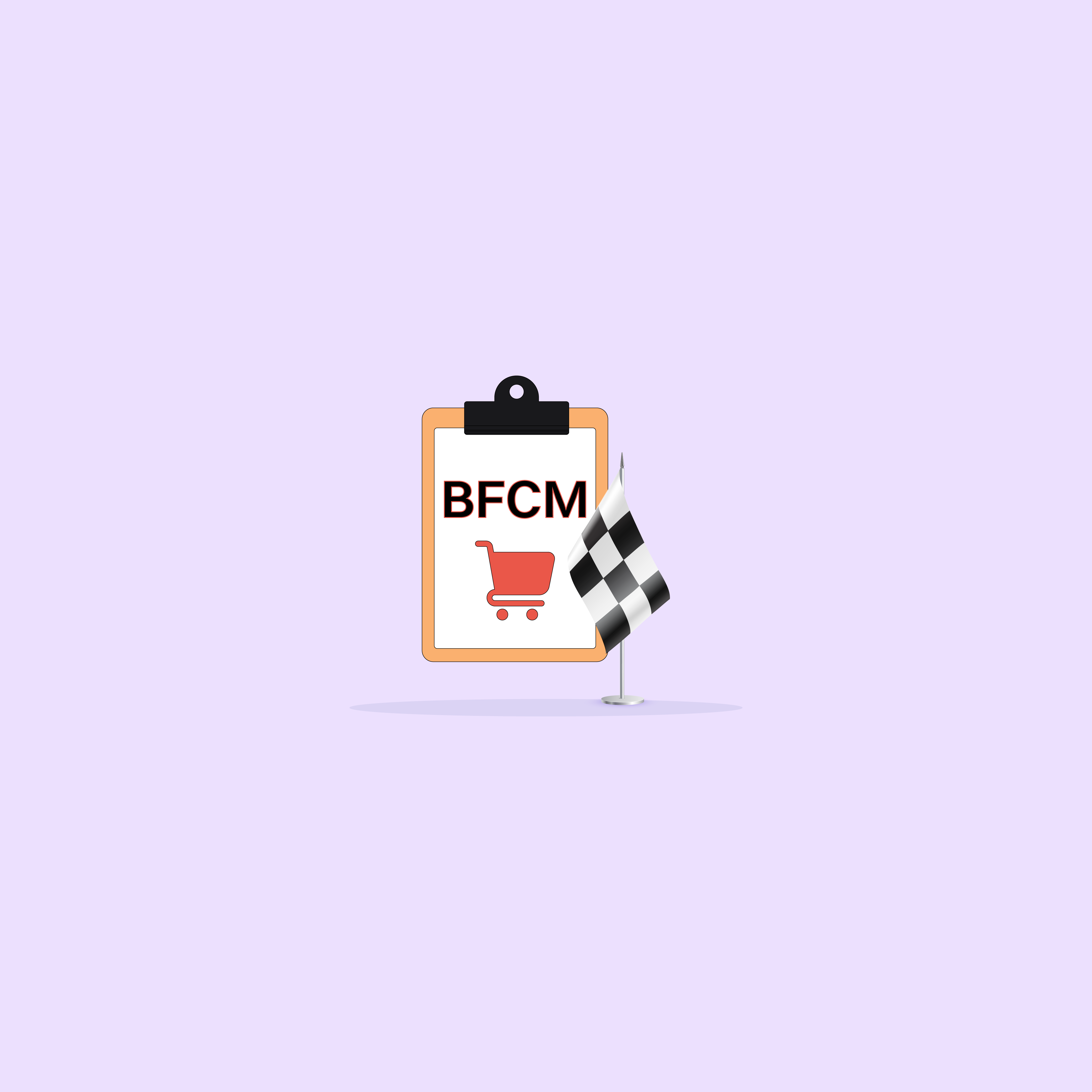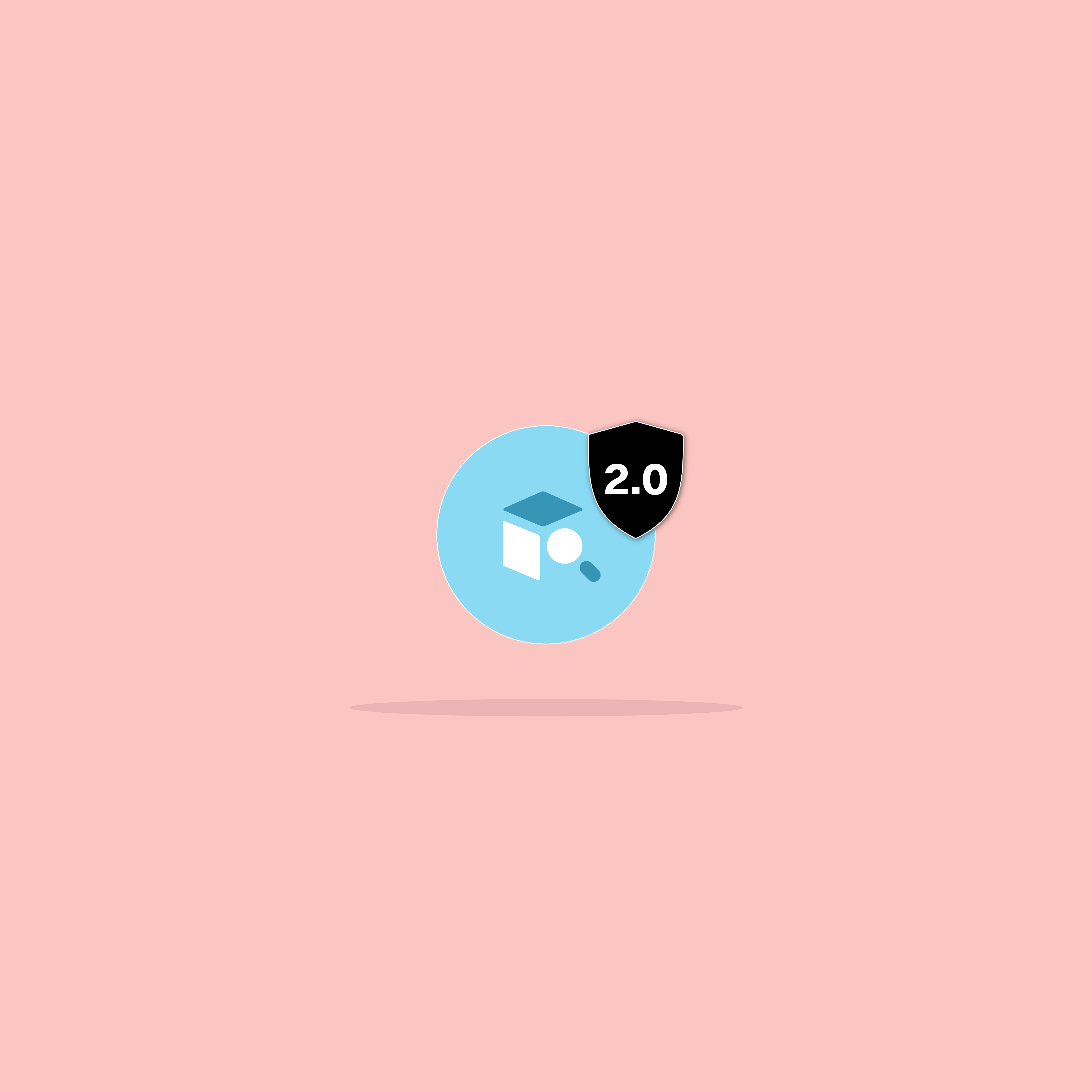Our websites use cookies. By continuing, we assume your permission to deploy cookies as detailed in our Privacy Policy.
5 Answers to 5 Key Questions About Ecommerce Personalization
Ecommerce personalization is no gimmick. Over the past few years, it has found its way into the heart of online marketing. Now, online retailers are battling with and learning from one another, all attempting to bring the most personalized service to their audiences.
Machine learning allows ecommerce companies to deliver personalized product recommendations that actually get engagement and lead to conversions. Analyzing data on your customers to personalize your services gives your marketing strategy a much greater chance of success. And it can hardly be ignored nowadays.
Projections expect ecommerce personalization to generate a massive $800 billion revenue increase in the retail, financial services, and health care industries. In this article, we’ll answer five big questions on personalization, allowing you to get your strategy on the road to success.
1. What Does Real-Time Mean and Why Is It Crucial?
People want faster results. When they are shopping online, they expect only to see relevant content. They don’t want to waste time with things that don’t interest them. Research shows that 58% of consumers want to see more real-time marketing from brands. One way this can be done offline is through beacon technology, which sends updates and offers to customer devices as they walk around the store.
Online, companies can use a personalization tool on their ecommerce store, which enables them to analyze data insights in real time. Machine learning can collect data on the pages they view, the time they spent looking at certain products, and the items they click on. Companies can react quickly, delivering personalized product recommendations based on the behaviors of their site visitors.
With the average online shopper being exposed to thousands of brand messages per day, they don’t have as much patience or time to hang around. Research indicates that ecommerce companies have as little as 8 seconds to engage customers. Today, the most effective way of catching the attention of your audience is through using a machine-learning technology that works in real time.
2. Where Should I Start with Product Recommendations?
While you can use personalized product recommendations in many ways, there is no guesswork involved. The best place to start is with the pages that you’re already spending money on to promote though social media advertising.
Also, using keywords in your product descriptions will help drive organic traffic. This way, you’re more likely to convert visitors as your recommendations are aligned with their search queries. This enables companies to drive the ROI of their recommendations, which in turn lowers customer acquisition costs. It’s important to remember that ecommerce personalization is not just about welcoming the customer. You need to guide them through the buyer’s journey, nurturing leads at all stages in the funnel.
Look beyond your homepage by employing personalized product recommendations at various touchpoints. By optimizing every page, using clear CTAs and a well-structured, attractive UX, you can boost your bottom line with personalization all the way to checkout. Studies show that 45% of online shoppers are more likely to buy from a site that offers personalized recommendations, and 56% are likely to return. Ergo, it’s worth the effort.
3. How Can I Measure the Impact of Product Recommendations?
McKinsey claim that personalized product recommendations generate 35% of all customer purchases on Amazon. That’s mighty impressive, but how do we measure the impact of ecommerce personalization on a website? The answer is pretty simple.
By using an advanced personalization tool, such as Segmentify, you can access real-time reports that detail many key metrics, including:
- Interaction – View click-through rates (CTR) for recommended items.
- Conversion – Analyze the number of recommended items in customer orders.
- Revenue – Evaluate improvements in average order value (AOV) where recommended items have been clicked on or purchased.
Measuring the impact that product recommendations have on your marketing ROI is easy with Segmentify, and you’ll soon be able to see just how positive ecommerce personalization is for your company’s bottom line.
4. Is It Really Scalable?
Some marketers think that personalization requires millions for IT investments. The reality is you can start small, then scale up as your business grows. The whole purpose of personalized product recommendations is to increase online revenue by converting more visitors to paying customers. It is inherently scalable. If it wasn’t, then there would be little sense in using this strategy in your marketing.
Segmentify’s personalization engine analyzes 50,000 visitor actions per second in order to find the right products and campaigns for every visitor. The beauty of this is that your services are always improving, becoming increasingly accurate. You can start small, and learn from your existing customer base, improving over time to deliver a better service that boosts AOV and increases site traffic as your brand awareness grows.
5. How Is Personalization Different from Customization?
These two terms are often confused. While there is some similarity between personalization and customization, there also are fundamental differences.
Customization is done by the customer. They can sign up to become a member of an online ecommerce store, and then adjust the settings to their desires. Personalization is done by the company. There is no need for actual input from the customer. This is the key consideration when comparing the two concepts.
Ultimately, they both provide the customer with a unique product or service that is based on their individual preferences. But personalization aims to do this without the customer having to do any work. To give a real-life example, imagine you are looking for a new car. When you visit a showroom, you see a car that is almost exactly what you want. You decide to change the alloy wheels and add some leather seat covers. That’s customization. Personalization would be if you arrived at the showroom and the dealer already had the perfect car waiting for you because they knew what you wanted.
You Don’t Need All the Answers to Start Ecommerce Personalization
There is a lot to learn, and the sky is the limit for success with ecommerce personalization. Luckily, the scalable nature of this strategy means you don’t have to wait until you know it all. Start small and use a real-time machine learning tool to grow. By measuring the impact and adjusting your personalized product recommendations, ecommerce stores can adapt to consumer interests to grow quickly. Optimizing all pages will help personalize the site even more, making for a better customer experience and higher ROI.








